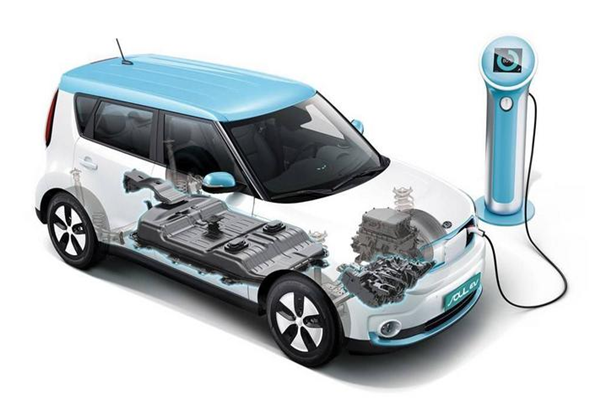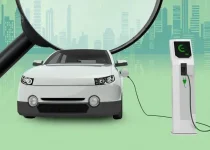How do electric vehicle charging systems protect against electrical hazards?
Electric vehicle (EV) charging systems are designed with multiple safety features and protection mechanisms to guard against electrical hazards and ensure the safe operation of the charging process. Some of these protective measures include:
- Ground Fault Circuit Interrupter (GFCI): GFCI is a built-in safety feature that detects any leakage of current to the ground and quickly interrupts the power supply, preventing electrocution and damage to the EV or charging equipment.
- Insulation and isolation: Charging systems are designed with high-quality insulation and isolation to separate the high-voltage components from the low-voltage ones, ensuring that there is no accidental contact or electrical discharge between them.
- Overcurrent protection: Charging systems are equipped with fuses or circuit breakers that protect against overcurrent situations, which can occur due to short circuits or other faults. These devices interrupt the flow of electricity when the current exceeds a specified limit, preventing damage to the equipment and potential fire hazards.
- Thermal protection: Some charging systems include thermal sensors that monitor the temperature of the components, especially the connectors and cables. If excessive heat is detected, the charging process is paused or stopped to prevent damage and potential fire hazards.
- Enclosure protection: Charging equipment is housed in enclosures that provide protection against external elements, such as dust, water, and extreme temperatures. These enclosures are rated according to international standards, such as the IP (Ingress Protection) rating system, ensuring their suitability for various environmental conditions.
- Communication and control: Modern EV charging systems use advanced communication protocols to exchange information between the charger and the vehicle. This allows the charging system to monitor and control the charging process, ensuring that it is carried out safely and efficiently.
- Emergency stop button: Many charging stations are equipped with an emergency stop button that allows users to immediately halt the charging process in case of an emergency or a perceived hazard.
- Safe connector design: Charging connectors are designed with features such as mechanical interlocks and protective shutters to prevent accidental contact with live parts and minimize the risk of electric shock.
- No-load voltage protection: Some EV chargers do not provide voltage at the connector until they establish a proper connection with the vehicle. This ensures that users do not come into contact with live voltage while handling the charging cable.
By incorporating these and other safety features, electric vehicle charging systems minimize the risk of electrical hazards and ensure a safe and reliable charging experience for users.



